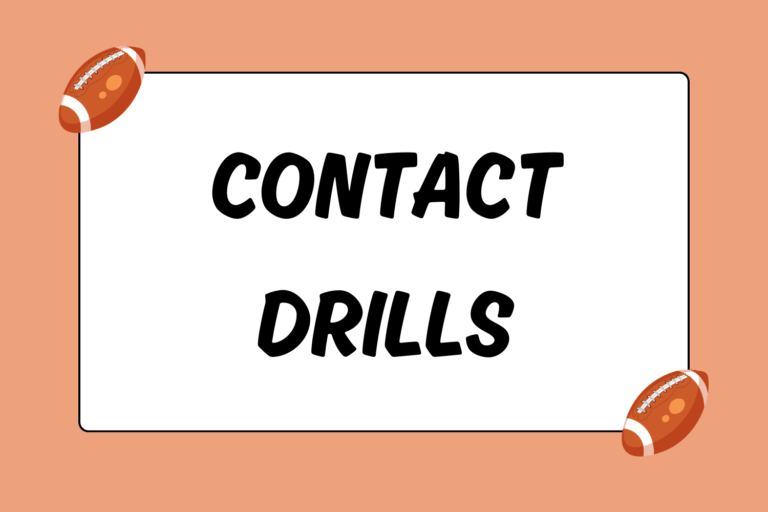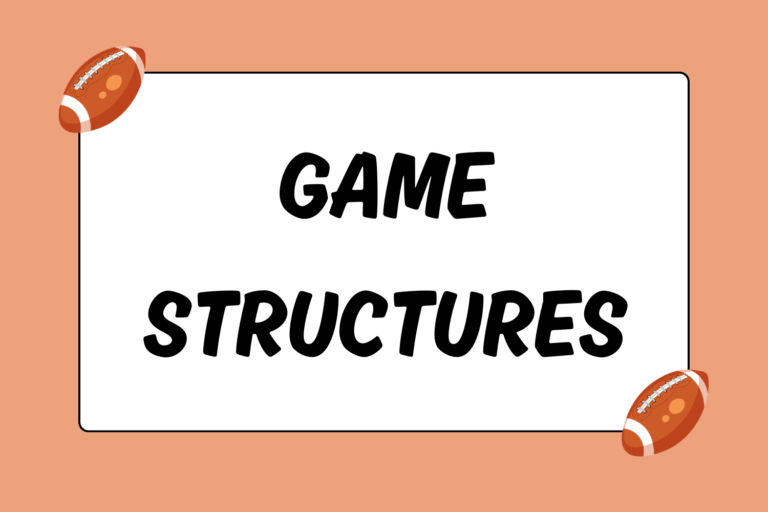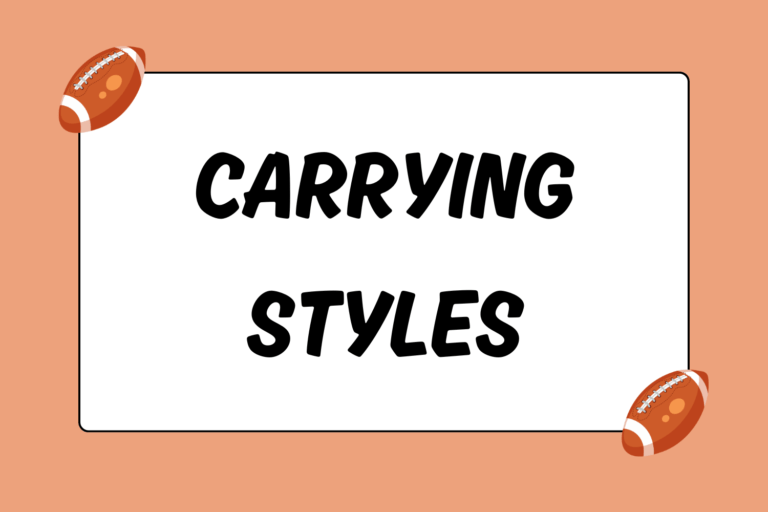The skill set required to play football isn’t very extensive. The list of essential athletic abilities for all players really comes down to running and hitting (tackling & blocking), although there are additional position-specific skills required as well. Especially in the early stages of the game, all players regardless of position should focus on building up core skill set — a combination of running, hitting, running while preparing to hit an opposing player, and running to avoid being hit. However, as players progress through the various levels of football, the training emphasis will transition from these core skills to more position-specific abilities; it would be surprising to see a college quarterback going through tackling drills.
While there are dozens of different drills used to help players improve these core abilities, certain pieces of equipment make it much easier to help players get the most out of training sessions. The addition of training-specific equipment into the equation speeds up the rate at which players improve, and adds an element of safety to the training activities that can be absent without such equipment. Featured in this guide is an overview of some of the more common types of equipment designed to improve football training sessions.
Sleds & Chutes
Although players at different positions will be exposed to sleds and chutes at different intensities, at some point every football player spent time working with these pieces of equipment. While sleds are mobile and focus on improving blocking and tackling skills/techniques, the chute is stationary and designed for only one purpose: getting players in the habit of staying low. Specifically, the chute seeks to ingrain in players the habit of maintaining a low center of gravity, which is crucial to many aspects of both tackling and blocking. Below are some examples of the different sleds and chutes in use today.
Types of Sleds & Chutes
A blocking sled is basically a pad that’s attached to a metal frame; the bottom of the frame features a least two (depending on the number of pads) smooth runners, similar to the runners on a snow sled. This is where the term “sled” comes from, and also what allows the sled to slide along the ground.
A chute, on the other hand, is a frame that supports an adjustable “roof.” It is the roof that players must attempt to maneuver under, and also what trains them to stay low. Depending on the size of the players, the roof of the chute is set so that when a player enters it, he will have to do so in a position that’s significantly lower than standing upright.
The biggest differences between the various types of sleds are the number of pads, whether those pads are fixed or mobile, and the size/shape of the pads. Here are some examples of sleds and chutes:
- One-man sled: A sled with one pad, designed to be used by one player at a time. It’s also referred to as a tackling sled, as its one-pad design makes it useful for practicing tackling technique.
- Multiple-pad sled: A sled equipped with between two and seven pads. Unlike a one-man sled, multiple-pad sleds are used exclusively for working on blocking skills and techniques.
- Chutes: Unlike the variety that exists with sleds, the biggest difference among various types of chutes is the size — ;both in terms of the number of players that can use it at once, as well as the size of the area that the chute covers.
By incorporating a variety of training activities, sleds and chutes will help players improve their blocking and tackling skills while simultaneously wearing them down. This provides a means to improving another crucial football ability — being able to keep up in a physical battle after you become fatigued.
Pads
There are two different kinds of pads that are used during training sessions: protective pads and marker/boundary pads (which will be covered in the next section). Both work to help players improve, although they do so in completely different ways.
Protective Pads
The two most common types of protective pads are forearm pads and shield pads. Forearm pads slip over a player’s forearm and are positioned to protect the outer half. A shield pad, on the other hand, is worn just like a medieval battle shield — one arm slips through a pair of handles, and that arm positions the pad appropriately.
The purpose of protective pads is simple: they exist to reduce the risk of injury, especially the risk that comes with repetitive collisions. For example, protective pads are especially useful when players participate in run-through drills, where teams simulate a play or set of plays over and over again. For those sorts of drills, defensive players will use protective pads so that when they engage with an offensive player, the impact of the collision is mostly absorbed by the pad.
Mental Edge
Another piece of equipment that falls somewhere between protective pads and blocking sleds is the tackling dummy. Used to work on tackling technique and often in conjunction with other exercises, the tackling dummy is part protective pad and part blocking sled (minus the actual sled).
A tackling dummy consists of stiff foam inside a tough leather-like material, and measures about the same height, size, and shape as a person. The tackling dummy is used in place of another player for the simple reason that subjecting a player to repeated tackling would likely lead to injury sooner than later.
Agility Boosters
Much like chutes help train players to get used to staying low, other pieces of equipment are specifically engineered to help players improve another crucial athletic ability: running coordination. It’s one thing to be able to consistently run straight ahead; football requires players be able to run quickly in any direction — including backwards — not to mention change direction at a moment’s notice.
Though players at higher levels of the game include several pieces of specialized equipment in their training methods, two pieces of equipment are usually found at all levels of the game:
The Ladder
Also referred to as a stepper, the ladder is a very simple piece of equipment that can help players improve in a number of ways, including an increase in foot speed and overall maneuverability. It’s basically a series of ropes connected to make two columns of boxes, which players then run through in different ways (every other box, both feet in every box, hopping from box to box, etc). Alhough many ladders simply lie on the ground, some sit on a frame that raises it several inches off the ground, adding another element of difficulty.
Agility Pads
Nothing more than a series of canvas-covered foam pads, it’s the particular arrangement that turns them from simply “pads” to specifically agility pads. Whether spaced out to be used with a series of running exercises, or stacked atop one another for a jumping activity, agility pads are very simple pieces of equipment that have a variety of uses. These are also the marker/boundary pads mentioned in the “Protective Pads” section above; in some activities that require players to hit/tackle each other, agility pads provide a way to safely add structure to such activities while minimizing the risk of injury should they run into or fall on the pads.
While they’re certainly not the only types of agility equipment in use today, ladders and agility pads are by far two of the most common examples. Much like other types of training equipment, players will see a greater variety of equipment as they progress through the levels of the game.
Improving Abilities is What Matters
At the end of the day, the type of equipment at your disposal doesn’t matter nearly as much as how it gets used. While training equipment can go a long way to helping players improve, nothing is as important as the effort you put forth. Without that, the most expensive equipment in the world won’t help.





